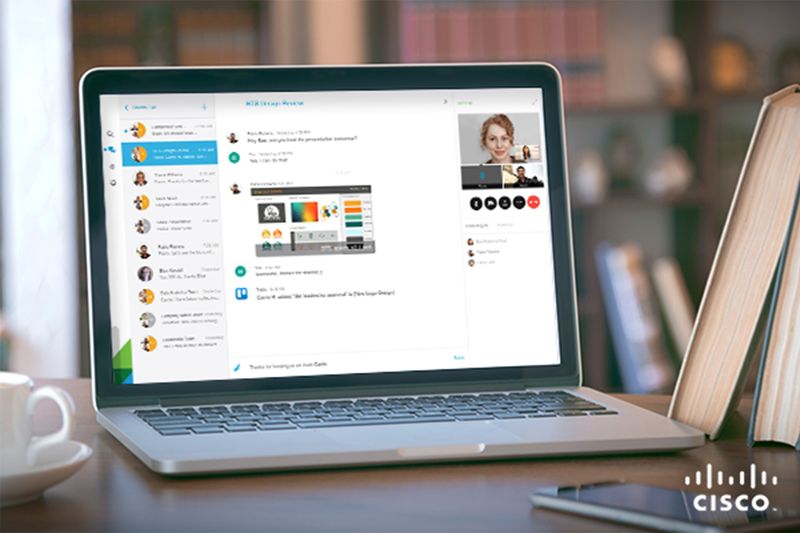Under the new name Webex People Insight, Cisco’s video conferencing tool is transformed into a complete activity and productivity monitor.
With the rise of teleworking and a large part of the workforce working from home, Cisco has seen the opportunity to transform Webex, its video calling platform, into a tool that expands its functions, allowing it to monitor employee activity, both on-site and remotely.
Cisco’s Webex People Insight was born, with three ways to collect productivity data from work teams: Individual, team, and organization-wide. Through the analysis of this data, it will be possible to prepare reports on the way of working of each group studied to locate possible failures in management, determine which workgroups are more effective, or which schedules are more suitable for setting meetings.
Three levels of coordination and supervision
In each of the three sections mentioned above, People Insight offers access to differentiated information on pending tasks, workgroup coordination, habits, or preferences that facilitate coordination for individual workers, coordinators, and groups.

In the individual section, only the employee will be able to access, after identification, the task and the agenda that he/she is responsible for carrying out. In the collective section, all members of the workgroup will be able to access the data in common so that they can coordinate and reconcile work with their working life.
And finally, in the more comprehensive section that allows monitoring the work of the groups, the coordinators have access to as much information as possible to organize the assignment of work and evaluate the results. This facilitates internal decision-making as well as the detection of failures in production processes.
Cisco has announced that Webex People Insight will be available from the summer of this year for some customers in the United States, gradually extending its availability. With this, they are approaching solutions already implemented by Microsoft or Salesforce with Teams or Slack, respectively, by adopting tools that enable instant communication and unified coordination between workgroups.





